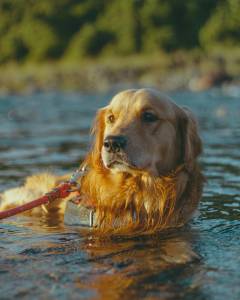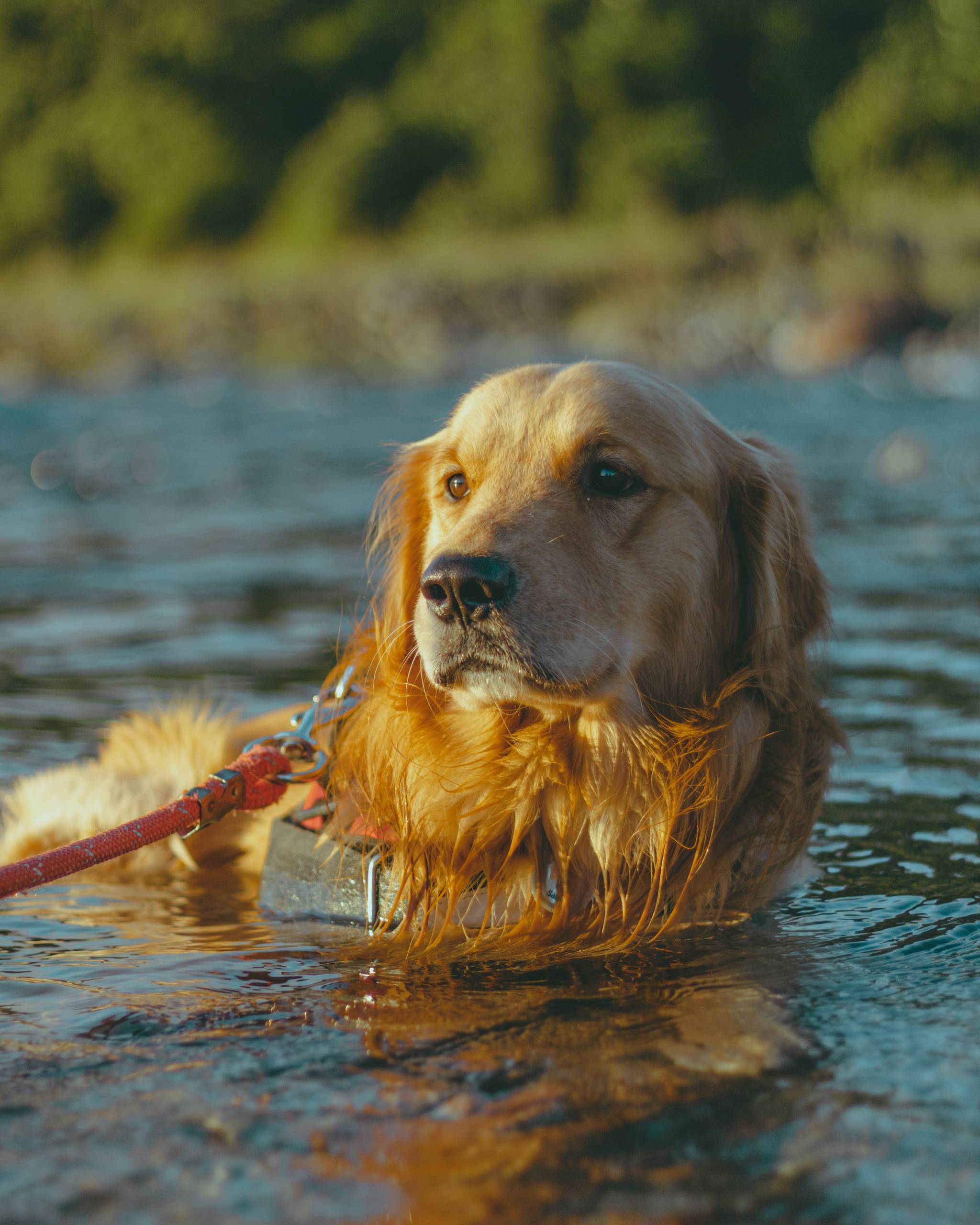
Understanding Hot Spots
Hot spots, also known as acute moist dermatitis, are localized areas of skin inflammation and infection. These areas can appear red, moist, and sometimes even pus-filled. They are often itchy and can cause a lot of discomfort for your dog. Hot spots can develop quickly, and if left untreated, they can worsen and lead to hair loss, as well as more severe skin infections.
Identifying Hot Spots
Recognizing hot spots on your dog is crucial for timely treatment. These areas are often found on the dog’s head, hips, or chest, and they may appear as red, moist, and sometimes matted fur. Your dog may also be paying extra attention to the affected area by licking, chewing, or scratching excessively. If you notice any of these signs, it’s essential to act promptly to prevent the hot spot from worsening.
Causes of Hot Spots
Hot spots can be triggered by a variety of factors, including allergies, insect bites, poor grooming, and underlying skin conditions. Dogs that are prone to allergies or have thick coats are often more susceptible to developing hot spots. Additionally, stress, boredom, or anxiety can lead to excessive licking or scratching, which can create an environment for hot spots to develop.
Treatment and Prevention
If you suspect your dog has a hot spot, it’s crucial to consult your veterinarian for proper diagnosis and treatment. Treatment may involve shaving the affected area, cleaning it with a mild antiseptic solution, and using topical or oral medications to reduce inflammation and control itching. Additionally, addressing the underlying cause, such as allergies or skin infections, is essential to prevent recurring hot spots.
Preventing hot spots involves maintaining good grooming practices, ensuring your dog’s coat is clean and well-brushed, and addressing any underlying health issues that may contribute to skin irritation. Regular flea and tick prevention, a balanced diet, and providing mental and physical stimulation for your dog can also help reduce the risk of hot spots.
Supporting Your Dog
Dealing with hot spots can be distressing for both you and your dog. It’s important to provide comfort and support during this time. Avoiding the use of harsh chemicals or irritants on your dog’s skin and providing a calm, stress-free environment can aid in the healing process. Additionally, offering your dog plenty of love and attention can help reduce anxiety and prevent excessive licking or scratching.
Understanding hot spots and being able to identify and treat them promptly is crucial for maintaining your dog’s overall health and well-being. By staying vigilant and taking proactive steps to address potential triggers, you can help your furry friend stay comfortable and happy. Remember, if you have any concerns about your dog’s skin health, consulting with your veterinarian is always the best course of action.
[/fusion_text]



